On a cold January evening, Adrian Bautista and I met with Fr. Bill Thaden, pastor of Sacred Heart Chapel in Lorain, Ohio, as well as with Danny Ortiz (OC 2005, Lorain native and parishioner of Sacred Heart) to discuss what an oral history of Sacred Heart Chapel might look like and entail. Over a lovely dinner at Don Tequila, each of us shared our enthusiasm, excitement, and even our trepidation of taking on such a daunting, yet important project. As we discussed the exciting possibilities that connecting Oberlin College students with parishoners of Sacred Heart offered—including strengthening relationships between Lorain and Oberlin, allowing students to learn about the long and distinctive history of Latina/o residents and communities in Lorain, and using the energy and commitment of students to help document the history of Sacred Heart Chapel—Fr. Bill offered yet another valuable contribution such a project would offer both the church and the broader community, namely an opportunity to capture the complex historical origins of one of the first Catholic churches in Ohio to be founded specifically to serve the local Latina/o community.
The mission statement of Sacred Heart Chapel is the following:
Our mission is to live as an engaging Catholic community, formed by the Gospel, nourished by the sacraments and centered in the Eucharist. Rooted in Hispanic cultures, we embrace diversity and welcome all. We seek to grow in our faith and share it, to build unity and promote justice (https://sacredheartchapel.org/, emphasis added).
What does it mean to be be “rooted in Hispanic cultures”? And what do we mean by “Hispanic cultures”? As Latina/o/x Studies scholars, we have long been involved in conversations about not only the value and need for an interdisciplinary approach to studying Latina/o populations and communities. We have also been mired in ongoing debates and discussions of ethnic labels (are we Hispanic? Latino? Latina/o? Latin@? Latinx?), of how to acknowledge and honor the diversity of Latina/o communities while also recognizing the value and sometimes provisional need for unity and panethnic labels, and, perhaps most relevant to our work in Lorain, how to capture this diversity in a way that acknowledges difference without diminishing unity. It is precisely this desire to use oral history to complicate one narrative of Sacred Heart and Lorain that had particular resonance with Fr. Bill. As he calmly explained during our dinner together, the story of Sacred Heart Chapel and what it means to be a “Hispanic” or Latina/o parish often gets conflated with the history of Puerto Rican migration and institutional building in Lorain. While Puerto Ricans have historically and continue to be the largest of Latinas/os in Lorain, Mexicans, Mexican Americans, Peruvians, Guatemalans and Salvadorans have long histories in the area as well. And given recent migration trends, the Latina/o population throughout Ohio is increasingly replenished and strengthened with the arrival of migrants from a range of Latin American and Caribbean countries. In short, collecting oral histories of the origins of Sacred Heart Chapel and people’s experiences and connections to the parish presents an opportunity to highlight a history that is sometimes elided and forgotten.
Given this concern, we encouraged our students to identify a diverse group of people with a range of connections to Sacred Heart Chapel. In the oral histories our class conducted, we were able to document the ways that internal Mexican and Mexican American agricultural labor contributed to some of the earliest Latina/o communities in Lorain. We heard stories about Cesar Chavez visiting Sacred Heart in in the 1970s and the ways that parishoners of Sacred Heart used their faith as a point of departure for the development of their political consciousness and activism. We heard heartbreaking stories of the fears of deportation in recent years, and how these events posed both a challenge and opportunity for community members to support, mobilize, organize and bind up the concerns of the undocumented with those who have the luxury not to worry about deportation and family separation. And we were witnesses to the mundane ways that sharing food after mass—Mexican and Puerto Rican food—help to bring people together in meaningful and lasting ways. As a number of the people we interviewed noted, for some their first encounters with the church were through the kitchen. And in this regard, we also see the invaluable and distinctive role women play in creating and sustaining these communities.
While there is still not agreement around what to call ourselves—for many who shared their stories, the emphasis on being Puerto Rican or Mexican American was more salient than the panethnic label. And while on college campuses, Latinx is the term increasingly used even while it might not circulate widely outside of academic and activist circles—what an oral history of this faith community offered was an opportunity to identify and honor the diversity of Latina/o/x Lorain and to contribute to an archive that allows for a narrative that is inclusive, albeit more complicated, about the diverse origins of the “Hispanic cultures” that ground and sustain Sacred Heart Chapel.
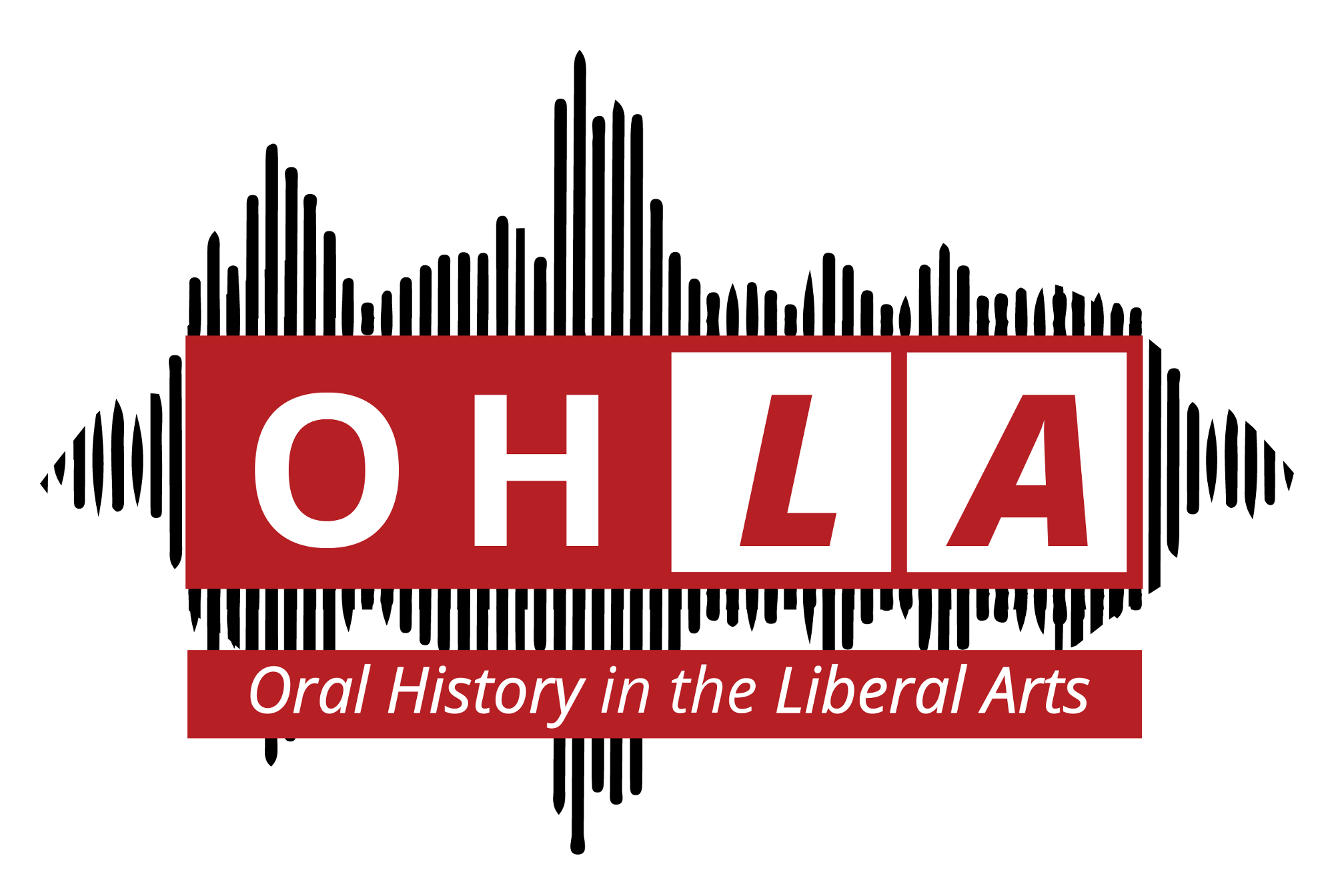

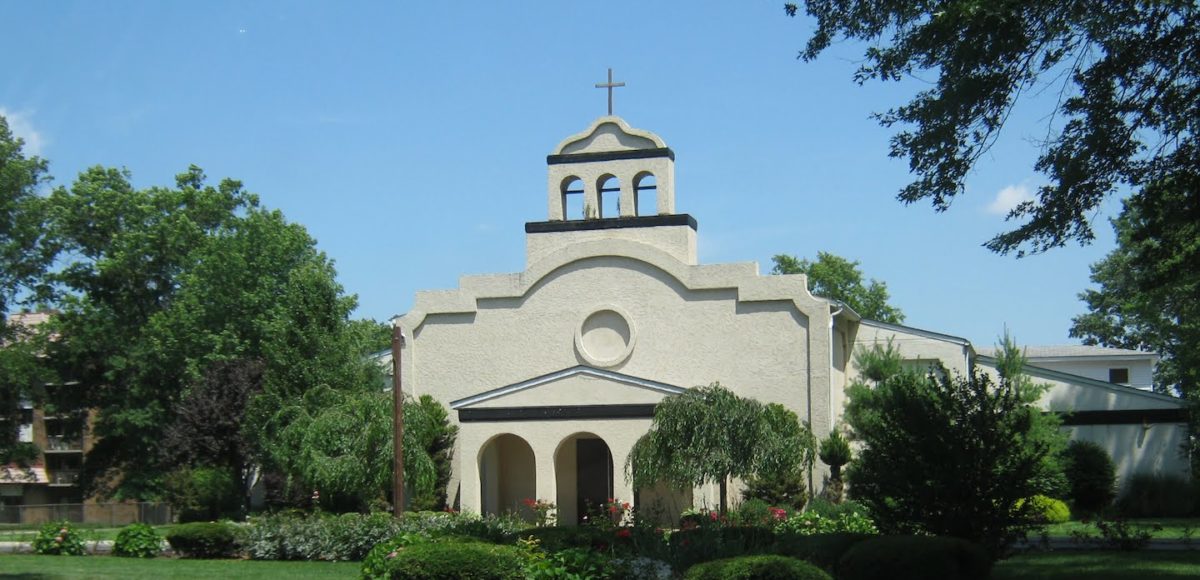
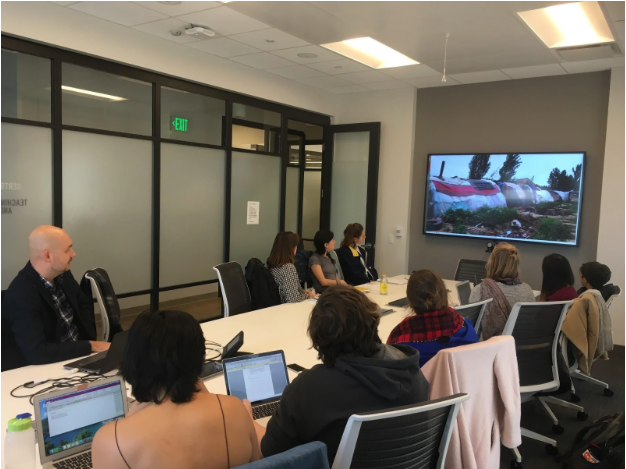
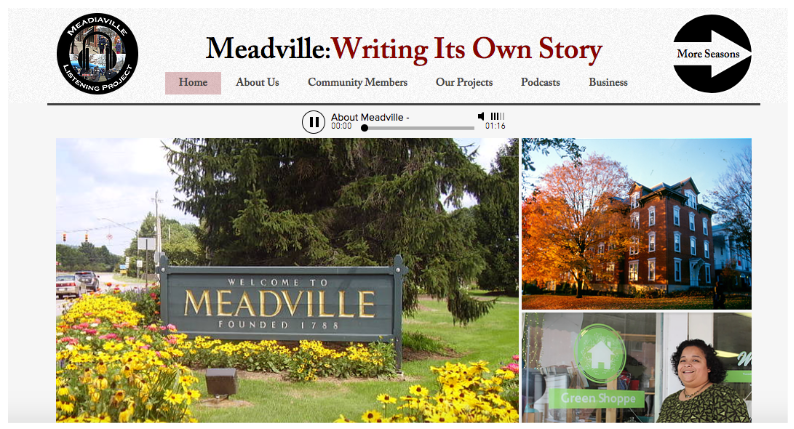
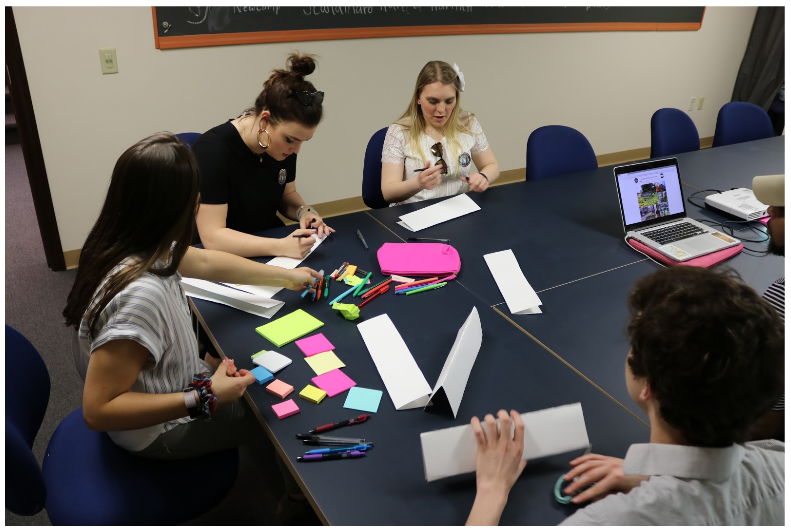
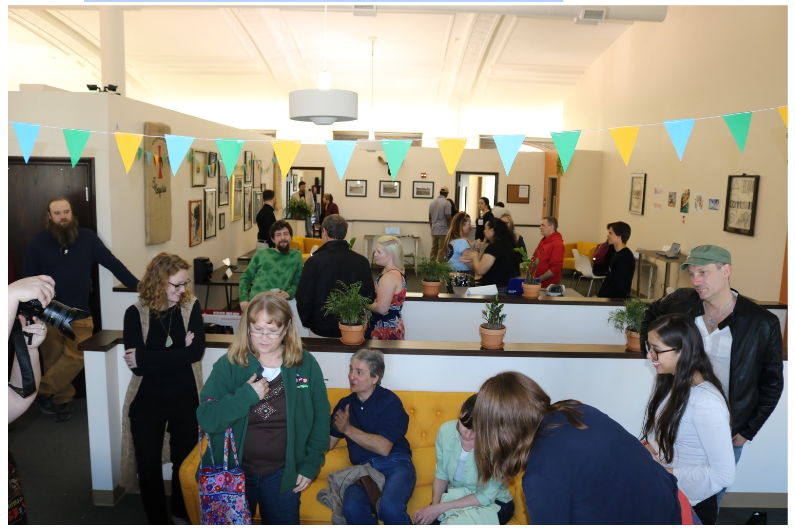
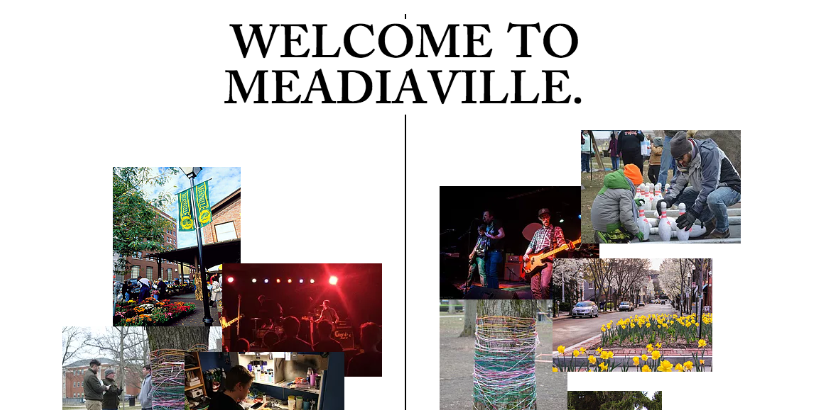
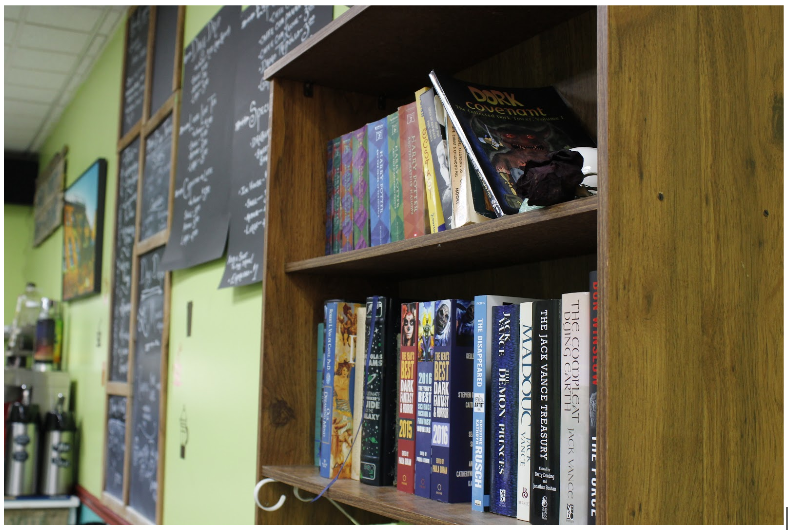
clitha Mason | October 24, 2018
|
Dear Dr. PErez, I would like to have a chance to meet you and discuss this aspect of your scholarship. I am writing my dissertation and using Oral History(s) of people from my hometown–Chicago. Although, I am not Latinx, nor is my dissertation project centered around the LAtinx community(s), I have a long history and interconnections with the latinx communities in Chicago. I am next door to Chicago’s Pilsen Neighborhood and I went to a heavily, if not predominantly Latinx HIGH SCHOOL–Holy Name Cathedral (The ARCHDIOCESE of Chicago), I grew up in and around Chicago’s Latinx households and neighborhoods, and many, if not most of my friends were/remain latinx people. Thank YOu for your work.